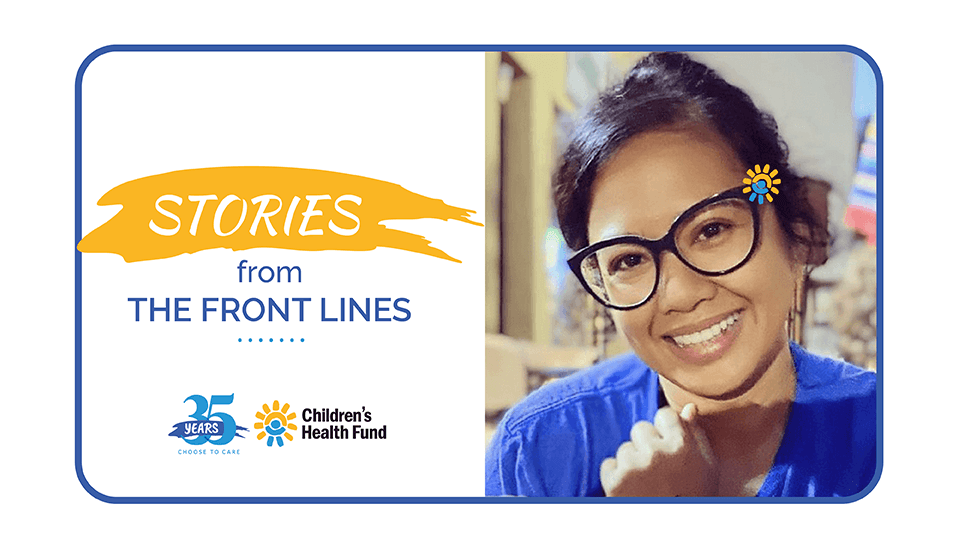Children’s Health Fund (CHF) recently had the opportunity to sit down with Licensed Practical Nurse Maria Ramos from the Bronx Health Collective, a CHF National Network partner, to talk about her experience as a healthcare professional throughout the COVID-19 pandemic. Maria has been at the Bronx Health Collective for eight years and had incredible insight into the shift that happened at the start of the pandemic.
Q: Can you tell us a little bit about is the Bronx Health Collective?
A: Bronx Health Collective is a Federally Qualified Health Center affiliated with Montefiore Medical Center. Many of our patients come from local homeless shelters and domestic violence shelters. We also have a regular community-based clinic which has a children’s and an adult’s side.
Q: What is the relationship between the Bronx Health Collective and the Children’s Health Fund?
A: Children’s Health Fund helps to fund the Bronx Health Collective which aids in providing comprehensive care to children and families living in the South Bronx.
Q: The COVID-19 pandemic affected our entire world, especially healthcare workers. Can you reflect on your experience during the pandemic and what it was like?
A: In 2020, a lot of the staff in the Montefiore hospital, especially nurses, contracted COVID and many got very sick. To combat the short staffing that the hospital experienced, nurses at other hospitals and clinics volunteered to help. I was one of the nurses that volunteered to go, and I wound up working at the Children’s Hospital at Montefiore. The Children’s Hospital side turned into the unit for adult COVID patients. I was on assignment there for a couple weeks during the height of the pandemic and worked directly with the COVID patients in the unit.
Q: As a result of the pandemic, how were resources shifted?
A: Throughout the pandemic, we have learned to shift resources to provide care and keep our patients and the community safe. In addition to testing patients, we also went to shelter sites to test families for COVID. Then, when the vaccines were approved, we worked in earnest to get as many people as possible vaccinated. And, since a lot of the nurses got sick from COVID-19, we shifted to care via phone and telehealth visits. Also, if patients tested positive or were experiencing symptoms, they were not allowed in the clinic, so telehealth visits helped to check in with the patients over the phone instead. We also contacted our elderly and high-risk patients during the lockdowns and made sure that they were okay and asked about medication refills, food needs, etc. That way we could help facilitate their needs while keeping them safe at home. Our nutrition team also put together food pantries for our patients and a lot of our staff would volunteer to help deliver food to our high-risk patients.
Q: What have you learned throughout the pandemic and how has it changed the way you deliver care today?
A: I think we have all learned a lot from this experience. First, it’s clear we were not prepared for the pandemic. Also, a lot of people were extremely fearful of the virus and the vaccine, so I think educating and learning from this experience is key. In general, the pandemic has changed how we deliver care within our communities and has brought everyone together overall.
Q: What advice would you give to people about protecting themselves from COVID-19?
A: The best thing people can do to protect themselves is to get vaccinated. We have been providing the vaccine to people in the community since it became available; we encourage everyone who is eligible to get vaccinated.
Q: Is there anything you wish the public knew about what the medical field experienced throughout the pandemic?
A: Healthcare workers are considered heroes for being on the frontlines of this pandemic, but really, everybody has been a hero. Everyone in the community came together to help one another and it is comforting to see how understanding and accommodating everyone has been to healthcare and other frontline workers.








